Couldn’t finish that beer and you’re gonna thrown it away? Stop! Let me give you a new use for this leftover.
I used to drink a lot when I was younger. Until recently, I didn’t know what was not to finish a can of beer or a bottle of wine. Now that I’m a light drinker, there’s always some wine waiting to be finished in my fridge, or some warm unfinished beer ready to be thrown in the sink. I’m not a fan of waste, especially when it comes to beer. I had to fix that without forcing myself to drink it all.
Years ago I’ve found where to use my leftover wine, but leftover beer? What could hardly go wrong if following a recipe, and if it does, would still be edible? Bread, of course!
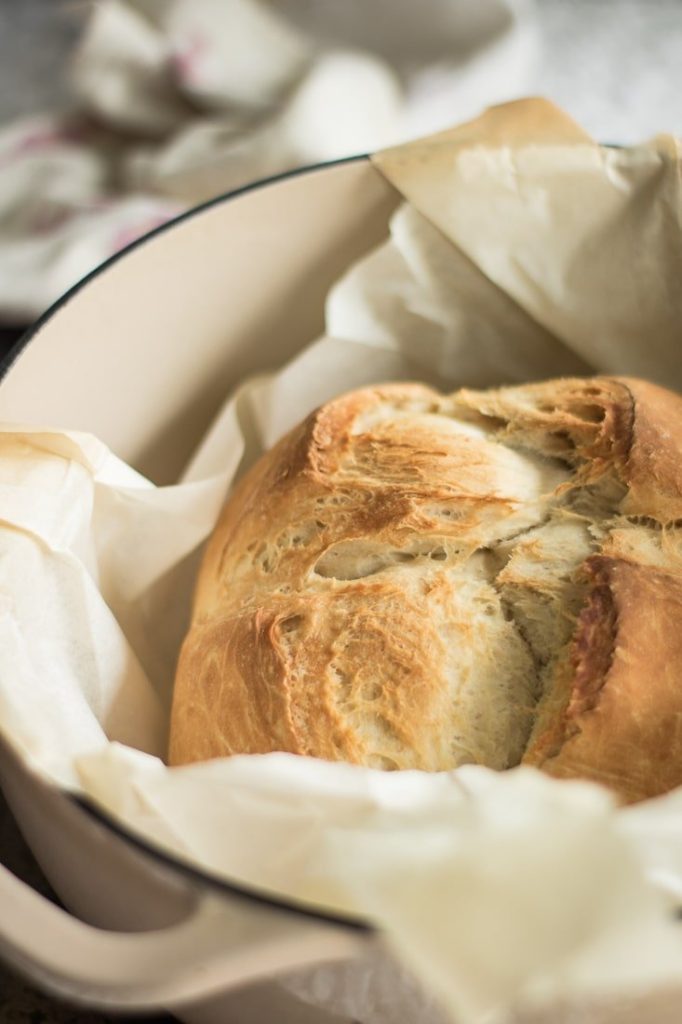
Why try this recipe:
- You love trying new things;
- Have some leftover beer;
- Want to bake beer bread without baking powder;
- Want a vegan beer bread recipe (you just have to make sure your beer is vegan).
Does this bread taste like beer?
Usually no, it doesn’t! But it may depend.
I usually use pilsner for this recipe, and its taste goes completely after it’s baked. Never tried with a stout, but I think using a Guinness in this recipe would give an amazing result, and the final colour of the bread would be beautiful.
I know a very strong IPA leaves some of its taste - but a good one! Hard cider may also leave a taste, but you can totally make this bread with it.
What is the best beer to make beer bread with, then?
Again, it depends. If you do it with a pilsner, it definitely will taste like bread, and bread only. With that said, if you don’t mind having a beerish taste, you can pretty much try it with any beer you’d like.
As I don’t use sugar here, if you prefer your bread sightly sweet, use a beer less bitter, or switch the beer for a cider - also a good fit for this recipe. Use whatever beer or cider you want, there are millions of possibilities for this recipe!
Will beer bread make me drunk?
No, it won't. Baking this bread basically evaporates the alcohol in it, only leaving the flavor.
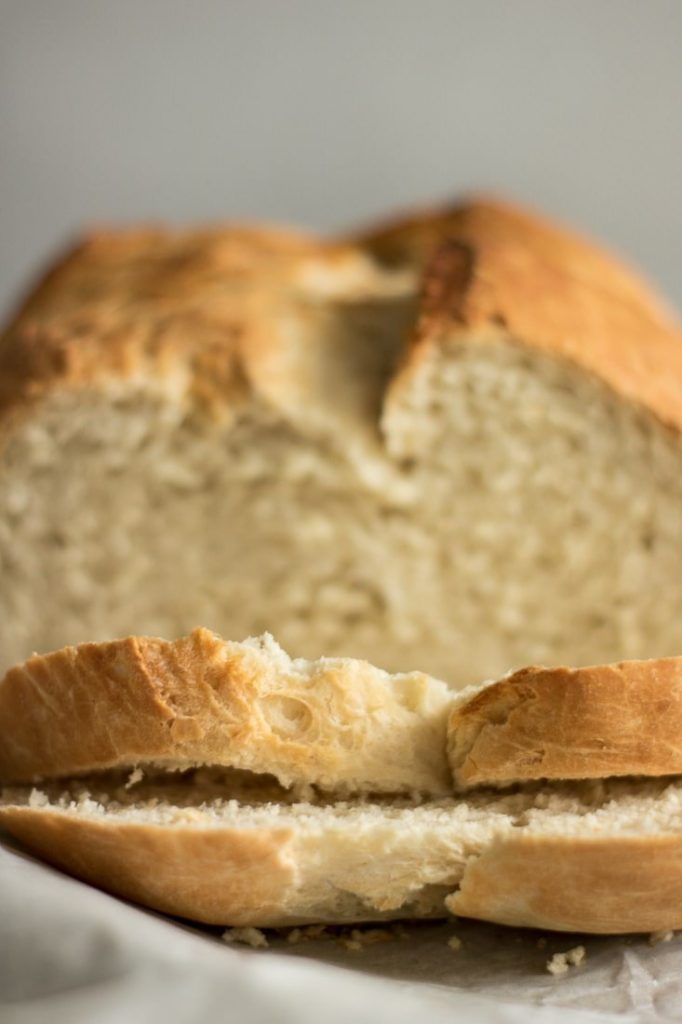
How do I store this bread?
In a bread keeper or closed recipient, after the bread has cooled down. It lasts for about 3 days. After that time, the bread starts to dry out - still good for a toast, though.
Does it freeze well?
I wouldn’t recomend freezing this bread - mostly because I don’t like to freeze bread. I think freezing it changes the texture, and fresh bread always tastes better.
Can I bake it without a dutch oven?
I would stick with a dutch oven for this recipe. But yes, you can try to do it without one: instead of skipping the preheat, do it for 15 minutes before baking your bread. Shape your bread into a ball, put on a sheet pan and bake for 30-35 minutes, or until golden on top.
But be aware: the crust won't be the same. We use a dutch oven to bake this bread so it has a humid enough environment to develop an artisan-style crust.
What if I don’t have a stand mixer to knead?
If you don’t, you’ll have to do it the hard way. Knead your dough for about 15 minutes to get the same results as you would on a stand mixer.
What to serve with this bread?
I love spreading jam on it! This bread is also great for toasting, as it is for making grilled cheese. If you’re going with the last one, don’t forget to add some onion chutney to it.
Want more bread recipes? If you’re running out of time, try my quick bread, or if you’re digging something indulgent, try this pumpkin brioche.
📖 Recipe
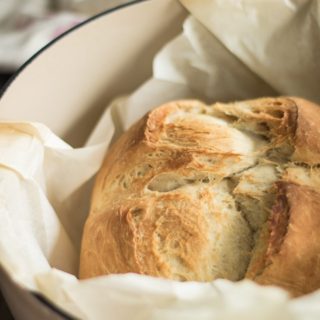
Dutch Oven Beer Bread
Ingredients
- 3 ¼ cup all-purpose flour
- ½ tablespoon instant yeast
- 350 ml beer of your choice room temperature
- 1 ½ teaspoon salt
Instructions
- In a large bowl, or in the bowl of your stand mixer, mix flour, yeast, beer and salt together.
- Using the dough hook at low speed, mix until dough starts to form and no dry flour remains (about 2 minutes). Scrap down the bowl if needed.
- When the dough is formed, knead in your mixer for about 5 minutes, or until the dough is smooth and elastic.
- Cover the bowl with plastic wrap or a humid kitchen towel and let it rise for 1 hour and a half to 2 hours, or until the dough doubles in size.
- Line a dutch oven with parchment paper and flour it lightly.
- Shape the dough into a ball by pulling its edges into the middle. Put in the center of the dutch oven. Let it rest for 1 hour, or until it doubles in size.
- Adjust oven rack to middle position. Using a sharp knife or razor, make two ¼ inch slices on top of the loaf, forming a cross. DO NOT PREHEAT your oven.
- Cover the dutch oven with its lid and place it in the oven. Turn it to 400° F and bake the loaf for 25 minutes.
- After 25 minutes, carefully remove the lid and continue to bake for another 30 minutes, or until the loaf is deep golden brown on top.
- Remove the bread from the dutch oven and transfer to a wire rack.
- Let it cool completely before serving.

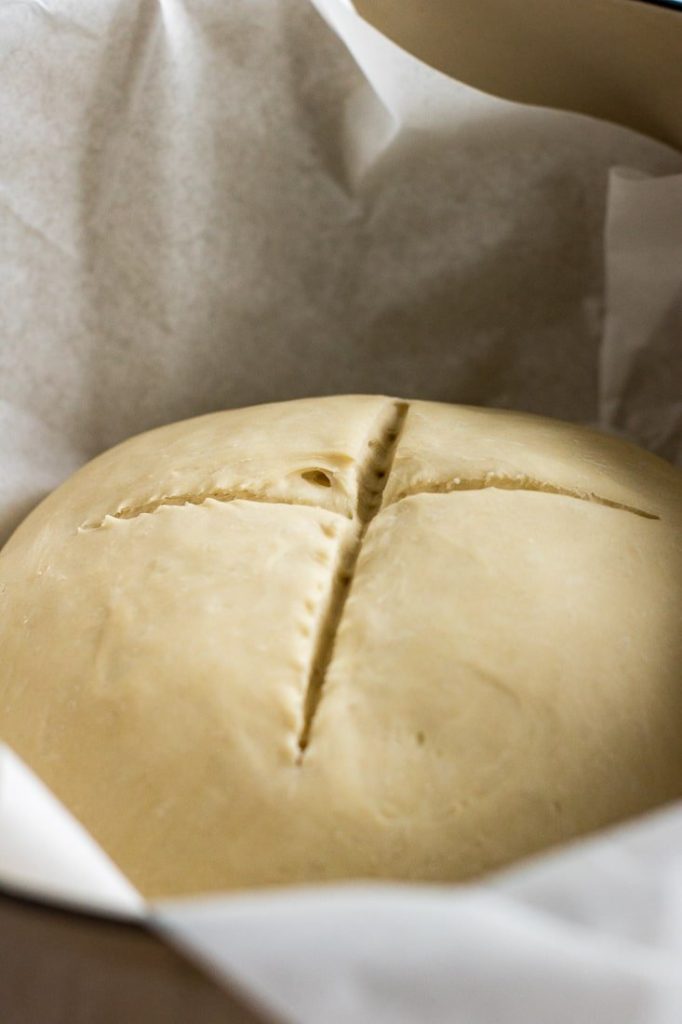
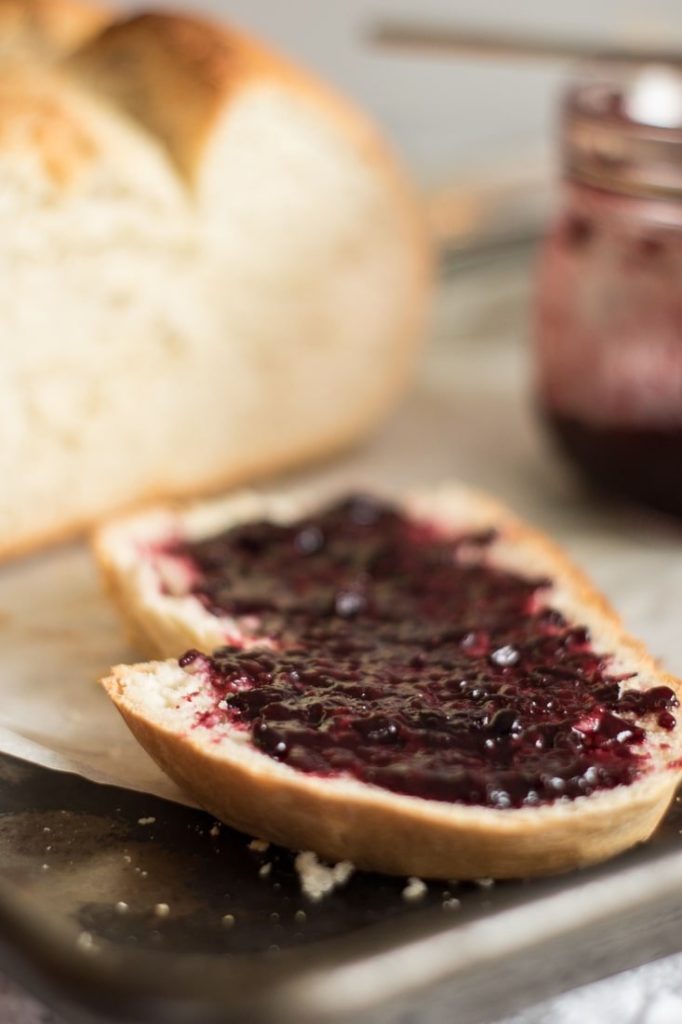
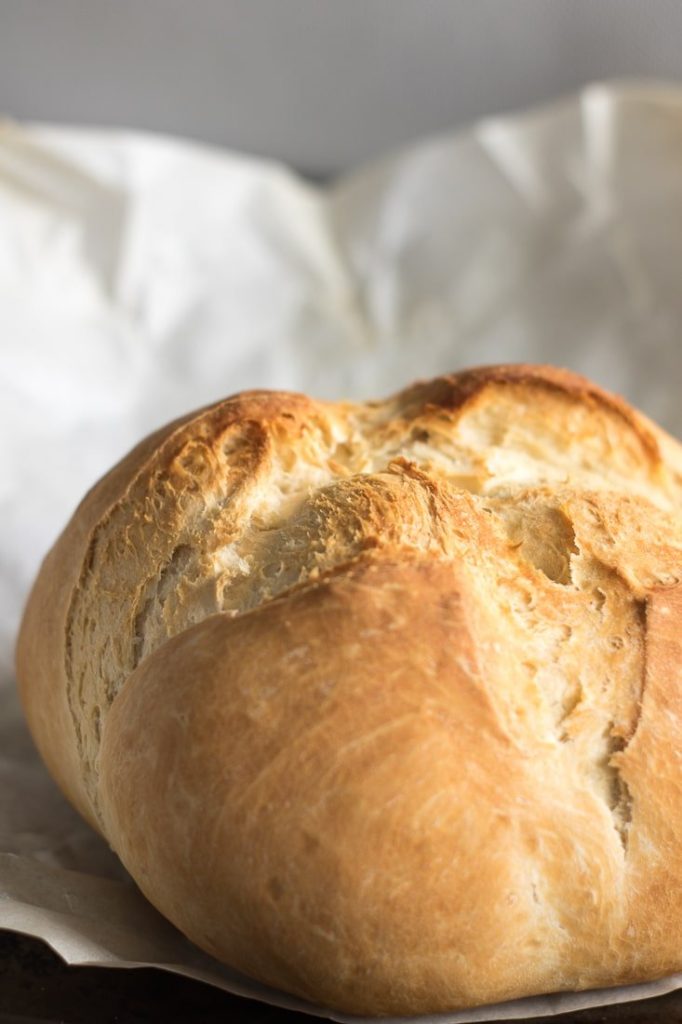
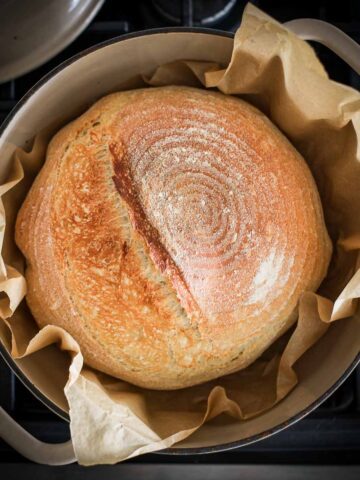
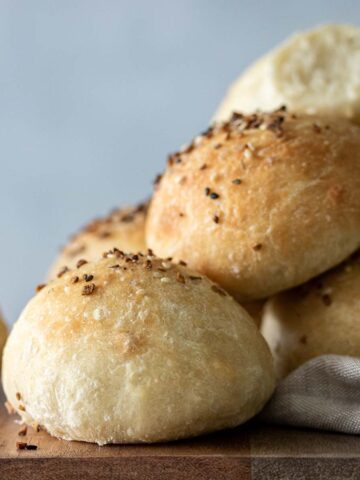
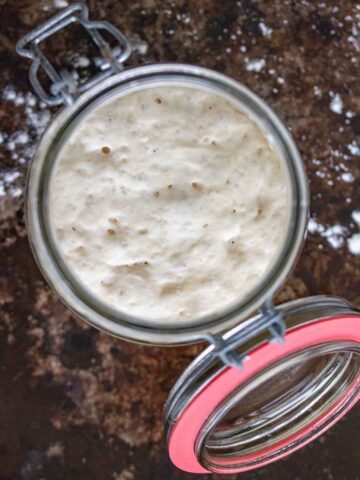
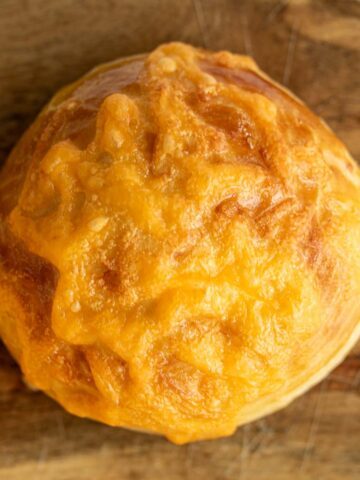
Amy
I just made this bread today and it is amazing! Absolute perfection!
Thanks for a great recipe!
Tatiana Kamakura
Glad you like it, Amy! Cheers!
Jordyn
What size dutch oven did you use? I have a 2.5 quart one and am unsure if I need to adjust the recipe.
Milk and Pop
Hi Jordyn!
A 2.5 quart is a small one, right? That might be too small for this recipe. The dutch oven I use in the photos is a 6 quart one, but I've baked in a 4 quart one with no problem. You can easily halve the recipe to prevent any problem 🙂
Happy baking!
Katie
Hi, I'm curious if the 25 min first cook begins once the oven is preheated or if it already includes preheating time. Thanks!
Milk and Pop
Hi Katie, for this recipe, I preheat the oven with the bread inside - I know it sounds strange, but it works! Make sure to use the lid for that!
Allyce
What if you don't have any yeast? Could you make it without yeast?
Milk and Pop
Hi Allyce, sorry, I don't think this recipe works without yeast!
Cindy
We are always looking for new recipes to try as a family. It has helped our kids to expand what they eat being involved in this. We found your recipe and are adding it to next week's menu to try! YUM
Nicki
Do you have to cut the top of the dough and if so what is the purpose?
Just curious I’ve seen it done on some other breads but didn’t know why.
Milk and Pop
Hi Nicki! When you cut the top of the dough, you'll allow it to expand during baking. The purpose is to try to control the direction in which the bread will expand. Usually breads which are baked in a loaf pan don't need that, but almost all free-formed breads do.
Beth Richards
Just starting to dabble in bread making and this was so easy and delicious. It’s a keeper and thank you so much for sharing!
Tatiana Kamakura
Glad you like it, Beth!